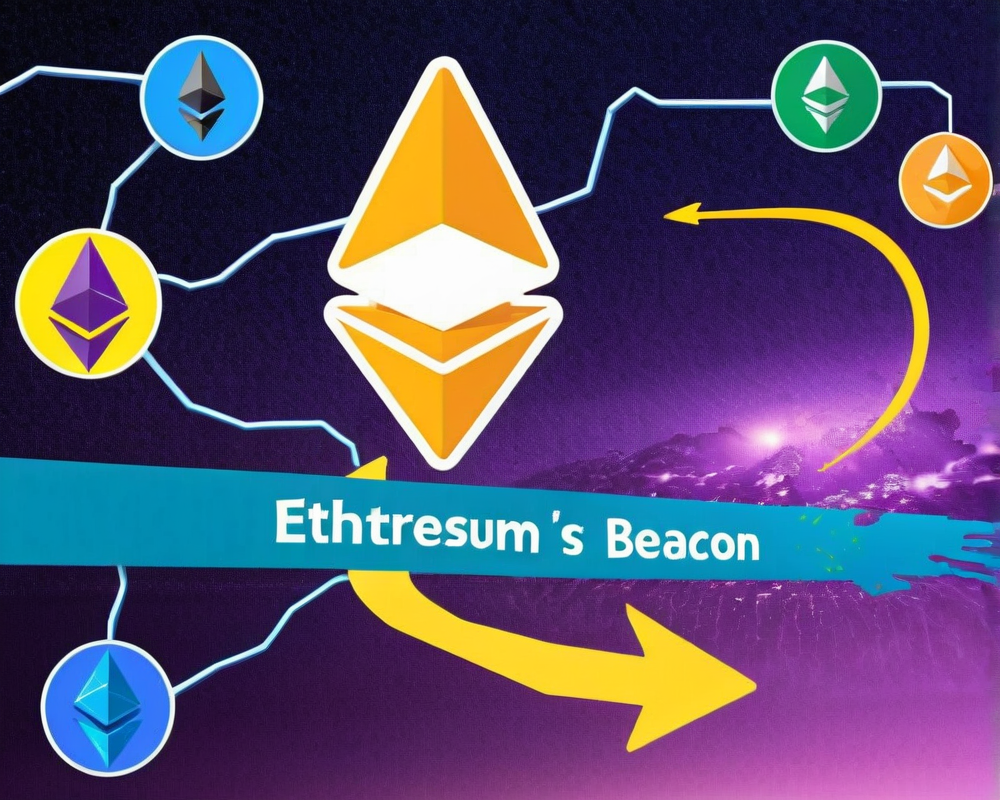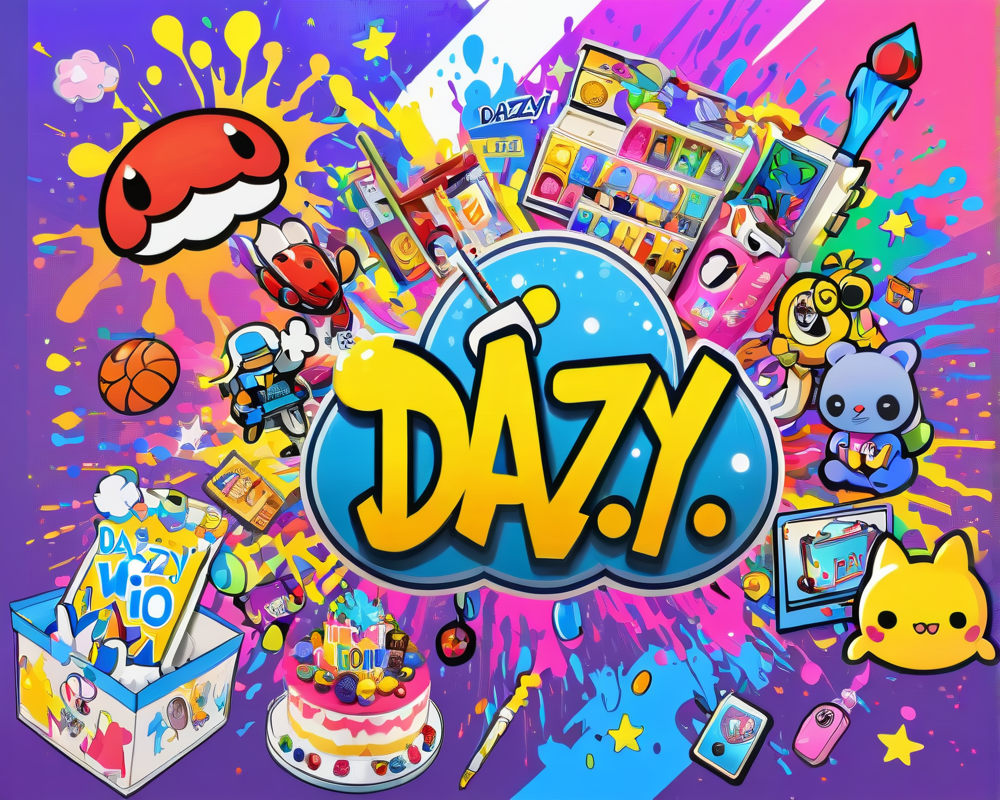What Happened on May 11?
On May 11, at approximately 8:15 pm UTC, Ethereum faced an unexpected hiccup with its Beacon Chain. Developers reported that while new blocks could be proposed, something in the system was playing hard to get—finalization of transactions simply wasn’t happening. For nearly half an hour, those poor transactions were left hanging like an uninvited guest at a party.
Technical Details: The Beacon Chain Overview
The Beacon Chain, the grandparent of Ethereum’s proof-of-stake blockchain, launched back in 2020. It was a breakthrough moment for the network, especially with its merger on September 15, 2022, merging with Ethereum’s earlier proof-of-work chain. This merger promised a faster and eco-friendlier operation—like swapping gas-guzzling cars for sleek, electric ones!
History Repeats Itself: Similar Past Incidents
This wasn’t the first time Ethereum’s Beacon Chain played coy. Back on March 15, a similar incident occurred, but this time on the Goerli testnet during the “Shapella” upgrade. Validator participation rates dropped like a bad reality show, causing delays. But, unlike those cliffhangers, this one had a successful resolution on April 12.
The Recovery: How Did They Fix It?
After about 25 minutes of uncertainty, Preston Van Loon, an Ethereum core developer, announced that normalcy had returned. Finality was restored! Although he mentioned they were still scratching their heads over what went wrong, developers celebrated like it was New Year’s Eve. According to analytics, during the troubled epochs from 200,552 to 200,554, a notable reduction in attestations was observed—think of it as a sudden dip in a dance party where everyone tries to catch their breath.
Client Diversity: The Unsung Hero
Post-incident discussions revealed that client diversity played a key role in getting the system back on track quickly. Ethereum consultant Superphiz noted that if one client had maintained more than 33% control, the disruption could have turned into a full-blown drama. Client diversity, in layman’s terms, means having different software clients for validators to decrease risk. Like having a varied playlist for a road trip instead of being stuck with just one artist!
Next Steps: What’s in Store?
Ethereum developers are on the case, examining the root cause to ensure this sort of hiccup doesn’t happen again. They’re basically the detectives in this mystery novel, gather data, and plotting to keep transactions smooth. So while the blockchain world keeps spinning, stakeholders remain hopeful for more resilience in the future.




